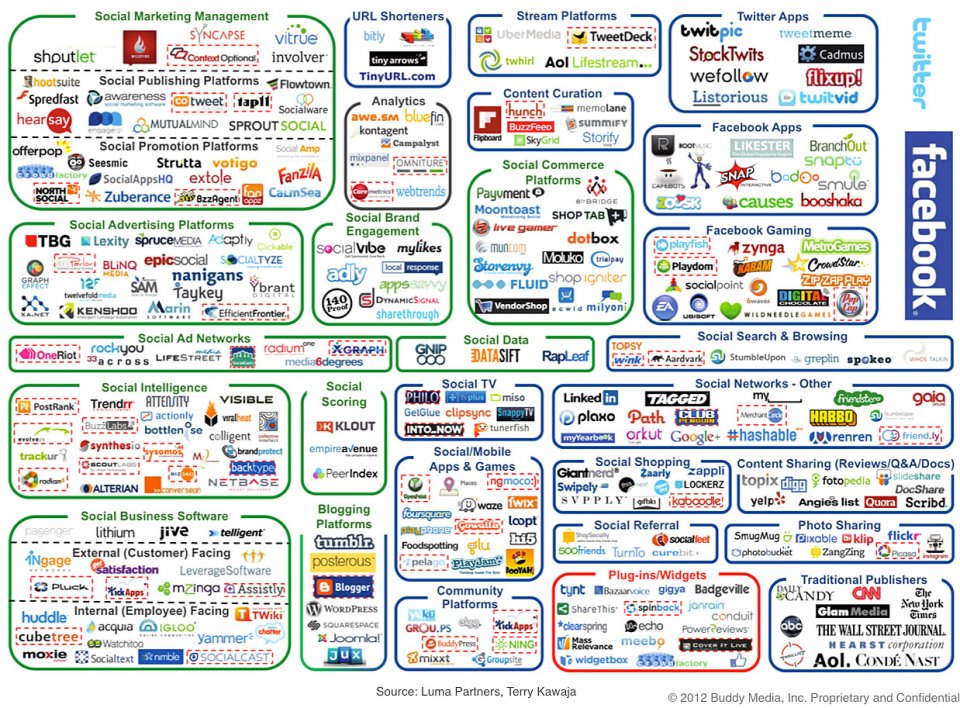Your website should deliver your highest value and lowest cost business leads. People who find your site are interested in your business. People who stay on your site are engaged and developing trust. People who fill out a form on your site, sharing their contact information in exchange for something of value, are gold.

To mine gold, your web site needs to offer two things:
- One or more registration forms
- Relevant content that visitors want
Below is the full list of 23 successful web conversion offers, sorted by category:
Information Downloads
- White papers
- Tip sheets
- Software
- Apps
Registrations
- Webinar sign-up
- Cloud account on your site
- Trial request
Activities
- ROI calculator
- Webinar attendance
- Meet-up attendance
- Hack-a-thons
- Software usage
Subscriptions
- Newsletter signup
- Mailing list signup
- Blog or podcast RSS subscription
- Social media “like,” “follow” or “channel subscription”
Access
- Contact us
- Request a demo
- Meeting request
- Free consultation
- Contest entry
- Claim a discount
- Inbound call to sales
Picking offers for your business is a very important decision and should flow naturally from your marketing strategy. One size doesn’t fit all. A free trial may make sense for a software developer but not for a business decision-maker. Make sure you have content for all potential buyers.
Keep one more thing in mind: conversions happen in the buyer’s mind and only gets measured on your web site. To earn a conversion, you first need to prove that your business is trustworthy, honest and helpful.
What’s Not on the Web Conversion Offers List
The following types of helpful web content are not listed as conversion offers because it should just be freely available. Somethings, even some valuable things, you just need to share freely. Make the following content freely available to inform, engage and build customer trust:
- Product specs and data sheets
- Announcements and press releases
- Customer success stories
- Endorsements
- Infographics
- Sizzle videos
Are you using other types web conversion offers to generate leads? Share below!
 I didn’t expect a simple blog comment to change my thinking about how to win at content marketing, but it did.
I didn’t expect a simple blog comment to change my thinking about how to win at content marketing, but it did.




